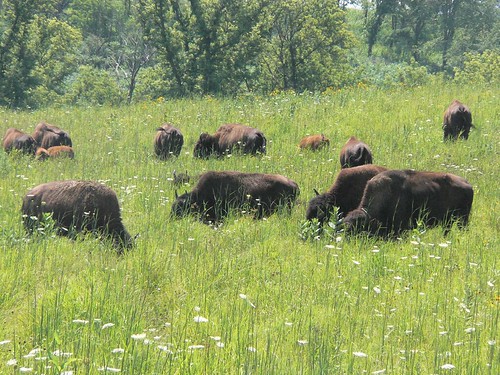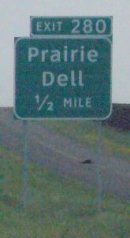 The Defenders of Wildlife and Audubon of Kansas announced that the US Fish and Wildlife Service released twenty-four captive-bred endangered black-footed ferrets into the wild onto 10,000 acres of private ranch land in the short grass prairies of western Kansas containing over 6,000 acres of prairie dog towns.
The Defenders of Wildlife and Audubon of Kansas announced that the US Fish and Wildlife Service released twenty-four captive-bred endangered black-footed ferrets into the wild onto 10,000 acres of private ranch land in the short grass prairies of western Kansas containing over 6,000 acres of prairie dog towns.
Prairie dogs are the ferret’s only food, so they depend on prairie dog towns for their survival.
From the release: Because of the prairie dog colonies, these wildlife-friendly landowners have been at the forefront of an ongoing conservation battle. They have resisted the efforts of the Logan County Commissioners and the Kansas Farm Bureau, each determined to force these and other landowners to poison their lands to exterminate prairie dogs.
Read the full story, "Holiday Gift in Kansas: U.S. Fish and Wildlife Service Releases Native Black-footed Ferrets", on Defenders of Wildlife’s web site.
 Butterflies like the Monarch have always been one of my favorite parts of the prairie.
Butterflies like the Monarch have always been one of my favorite parts of the prairie.



 In Texas, prairie lives on only in name in many places. In my experience, most people living in tallgrass prairie ecoregions aren’t aware they live in such a region, don’t know it is an endangered ecosystem, and have never seen the beauty of tallgrass prairie.
In Texas, prairie lives on only in name in many places. In my experience, most people living in tallgrass prairie ecoregions aren’t aware they live in such a region, don’t know it is an endangered ecosystem, and have never seen the beauty of tallgrass prairie.

